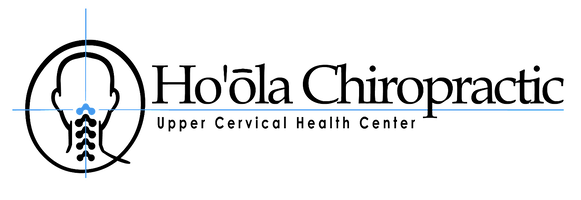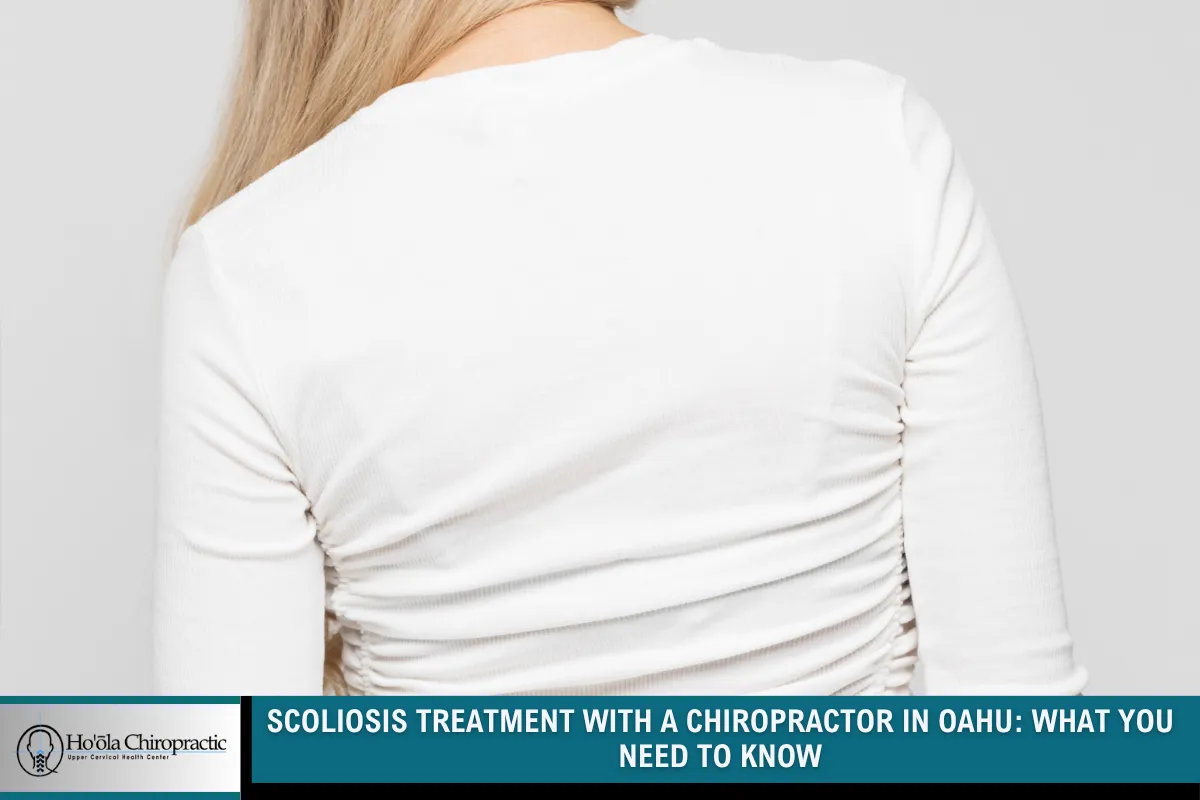Scoliosis isn’t just about a crooked spine—it’s about how that spinal curve can quietly influence every part of your life. Maybe you’ve noticed your shoulders are uneven in photos, or perhaps back pain is creeping into your evenings. In a place like Honolulu, where the beach, trails, and water call for movement, scoliosis can limit your ability to enjoy life to the fullest. Many people are exploring holistic approaches, such as chiropractic care. A chiropractor in Oahu doesn’t just address symptoms; they focus on restoring balance, improving posture, and helping your body move the way it’s supposed to—without surgery or medication. If you’re looking for a natural, hands-on way to manage scoliosis, this guide is for you.
We’ll walk through what scoliosis is, how chiropractic care fits into your wellness journey, and why starting now could make all the difference.
What Is Scoliosis? A Closer Look at the Condition
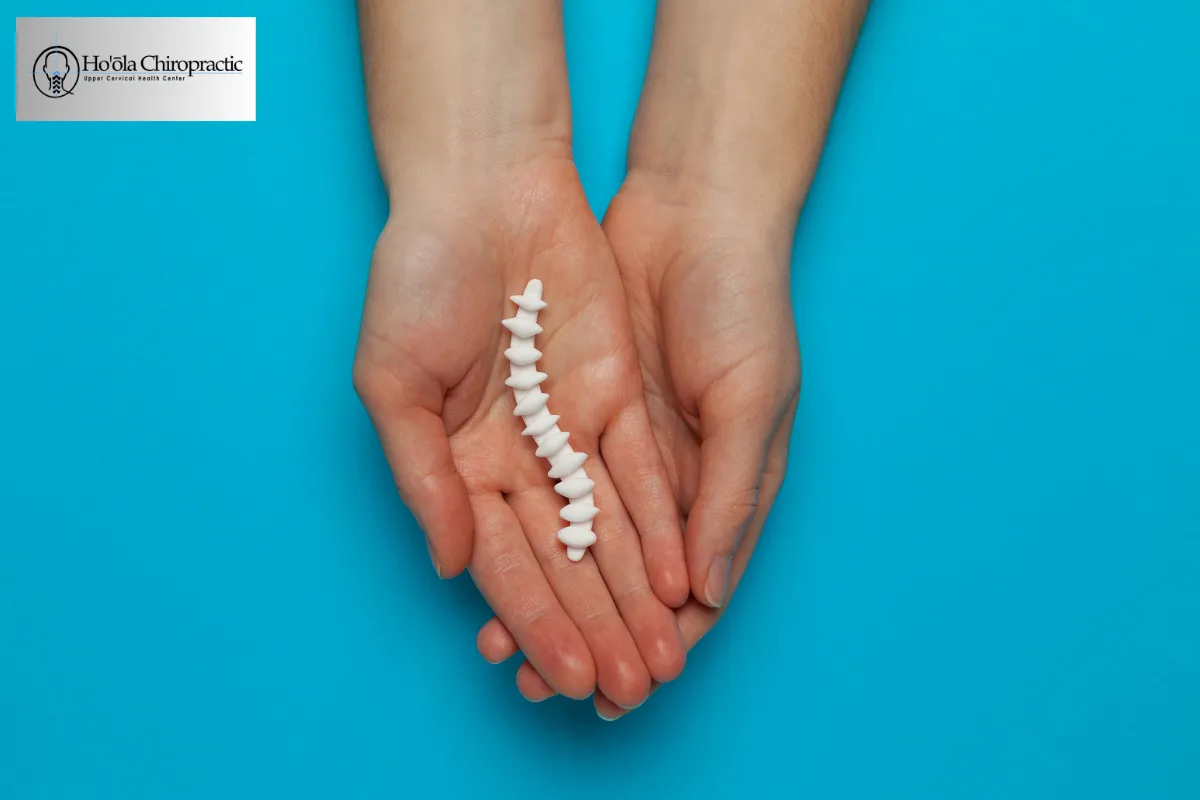
Scoliosis is a structural condition in which the spine curves sideways in an unnatural manner. While a healthy spine has gentle front-to-back curves, scoliosis causes it to bend into an “S” or “C” shape when viewed from behind. This sideways curve can lead to muscle imbalance and poor posture and sometimes even affect how your lungs or internal organs function in more severe cases.
The condition isn’t always immediately apparent. Many people live with mild scoliosis for years without realizing it. It may start with subtle posture changes, such as one shoulder being higher than the other—but over time, these changes can lead to tension, pain, and discomfort throughout the body.
The Different Types of Scoliosis and Their Causes
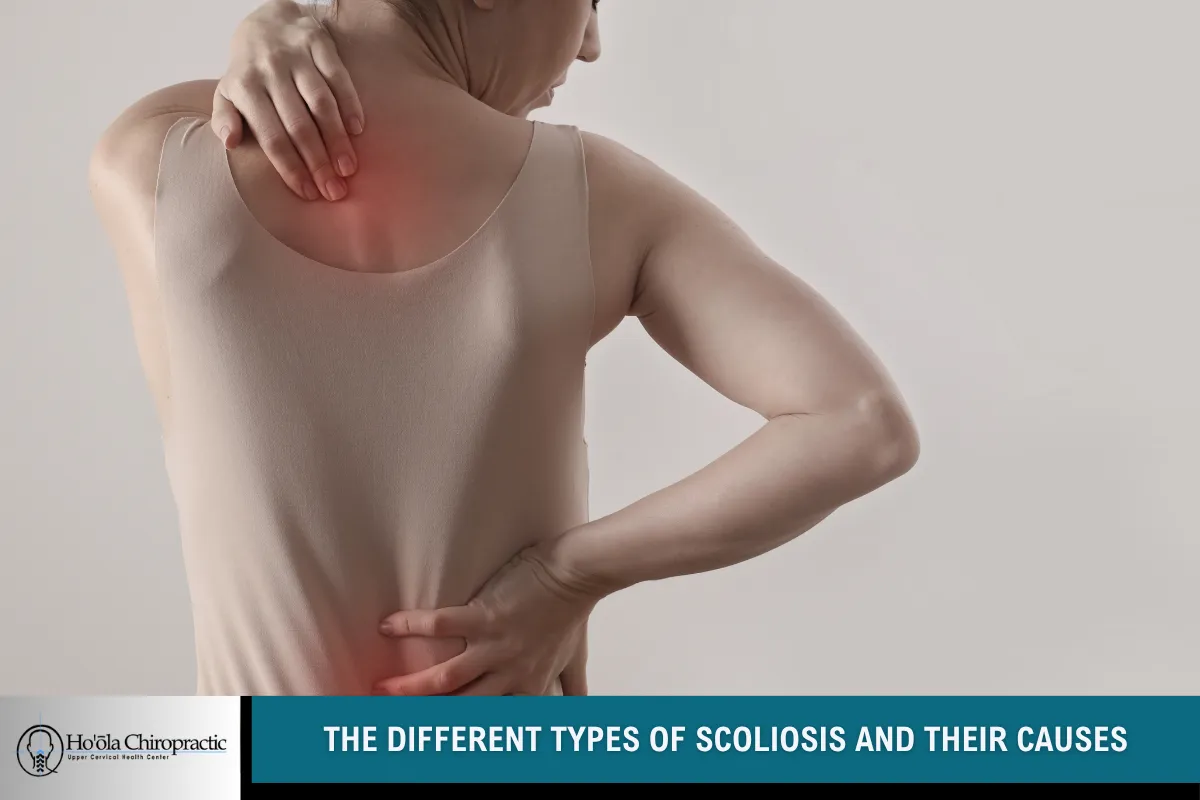
Not all scoliosis cases are the same. Understanding the type you have is key to choosing the best treatment path.
- Idiopathic Scoliosis: This is the most common form, usually appearing during adolescence. Its cause is unknown, but it often runs in families.
- Congenital Scoliosis: Caused by spinal deformities present at birth. These are often linked to abnormal vertebral development.
- Neuromuscular Scoliosis: Stemming from conditions like cerebral palsy or muscular dystrophy, this type results from muscle weakness or imbalance.
- Degenerative Scoliosis: Most commonly seen in older adults, this condition develops over time due to age-related wear and tear on the spine.
While each type has different roots, the impact—chronic pain, poor alignment, and reduced mobility—is a shared challenge that chiropractic care can help manage.
Why Scoliosis Impacts Daily Life in Honolulu
Scoliosis can quietly erode the quality of life, especially in an active community like Honolulu. Everyday activities—like paddling out for a surf session, hiking up Manoa Falls, or simply walking along Ala Moana Beach—can become painful or exhausting.
Even non-physical tasks, like sitting at a desk or standing in line at a food truck, can be affected. Over time, scoliosis can lead to:
- Muscle fatigue
- Chronic lower back pain
- Uneven gait or walking pattern
- Neck strain and shoulder tightness
That’s why treating it early and consistently is so important, especially when your lifestyle thrives on movement.
Common Signs You Might Have Scoliosis
It’s not always easy to tell if you have scoliosis. The symptoms vary depending on the degree of curvature, age, and physical activity level. Here are some common red flags:
- Uneven shoulders or shoulder blades
- One hip appears higher than the other
- Your head isn’t centered over your pelvis
- You feel back pain that worsens after activity
- Your clothes hang unevenly
If you notice these signs, consulting a chiropractor in Oahu can help determine if scoliosis is the cause and identify the best treatment options.
How a Chiropractor in Oahu Diagnoses Scoliosis
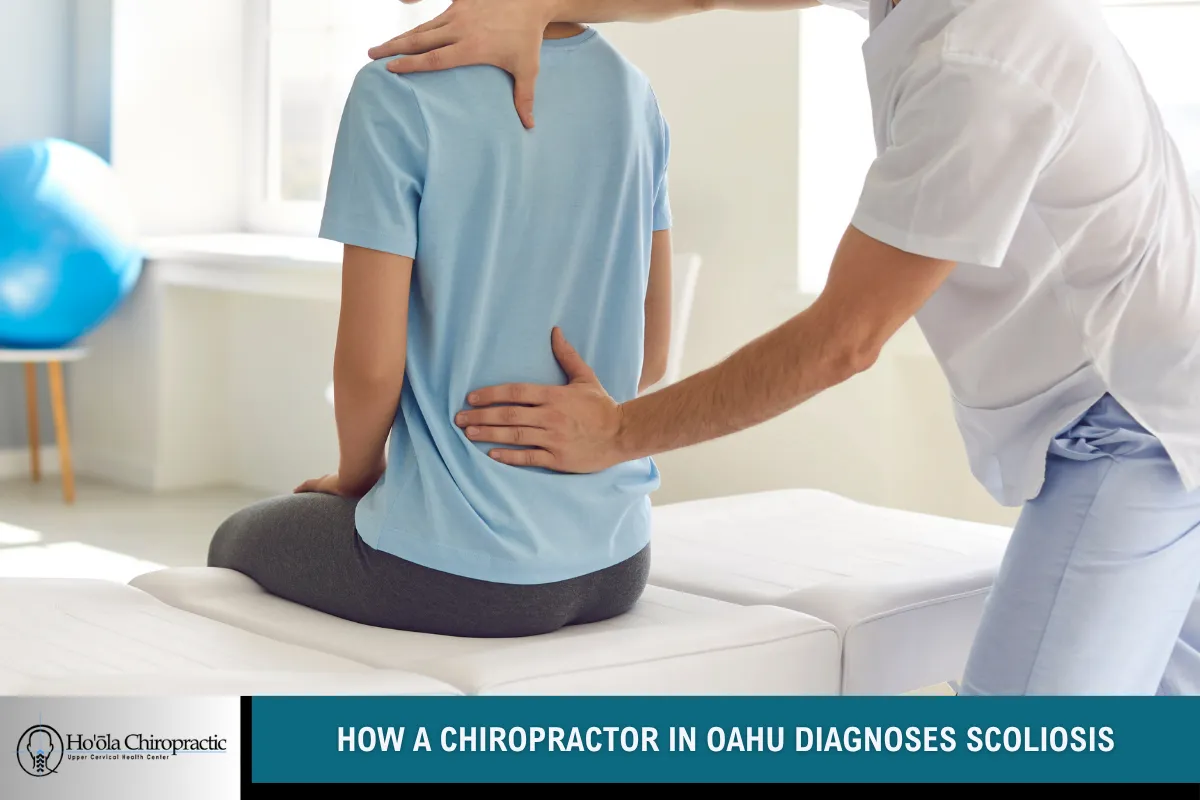
Getting an accurate diagnosis is the first step in creating an effective care plan. When you visit a chiropractor in Oahu for scoliosis concerns, you’ll receive a full-body evaluation. This typically includes:
Medical History Review
Your chiropractor will ask about your health background, lifestyle, symptoms, and when you first noticed any changes. This helps them understand how scoliosis may be affecting their day-to-day life.
Postural Examination
They’ll assess your alignment from head to toe, watching how you stand, walk, and move. Uneven posture, pelvic tilt, or abnormal spinal curves are all signs they’ll look for.
Spinal Palpation
Using hands-on techniques, your chiropractor will feel along your spine to identify areas of tightness, inflammation, or misalignment. This is often the first step in pinpointing where your curvature begins.
Imaging
X-rays or digital scans may be used to measure the curvature's angle (called the Cobb angle), which determines the severity of scoliosis. These images also help track your progress over time.
Deep Dive: Chiropractic Techniques for Scoliosis
Scoliosis treatment isn’t a one-size-fits-all approach. Chiropractors in Oahu tailor care to your specific condition and goals. Core treatment strategies include:
Spinal Adjustments
This hands-on technique realigns the vertebrae to reduce nerve interference and improve mobility. These adjustments aren’t painful—they’re gentle, targeted movements that help your spine return to a more neutral position over time.
Chiropractic Biophysics (CBP)
This advanced, research-based technique goes beyond basic adjustments. CBP involves mirror-image exercises, posture correction, and spinal traction. It’s designed to retrain the spine’s structure, making it especially helpful for structural scoliosis.
Postural and Corrective Exercises
Your chiropractor will guide you through specific movements to strengthen weak muscles and stretch tight ones. These exercises are designed to support your spine naturally and reduce reliance on bracing or surgery.
Manual Therapy
Soft tissue therapy targets the muscles surrounding your spine. Techniques such as trigger point therapy or myofascial release enhance blood flow, alleviate tension, and make spinal adjustments more effective.
Chiropractic Biophysics Explained
Chiropractic Biophysics is one of the most comprehensive systems for correcting scoliosis. Instead of just focusing on pain relief, CBP aims to correct the spine’s alignment long-term.
This method includes:
- Digital posture analysis to identify abnormal curvatures
- Spinal traction setups to gently reshape the spine
- Mirror-image adjustments that “train” the body back to neutral alignment
It’s a favorite among chiropractors treating scoliosis because it blends science, technique, and long-term planning.
Role of Therapeutic Exercises in Spinal Support
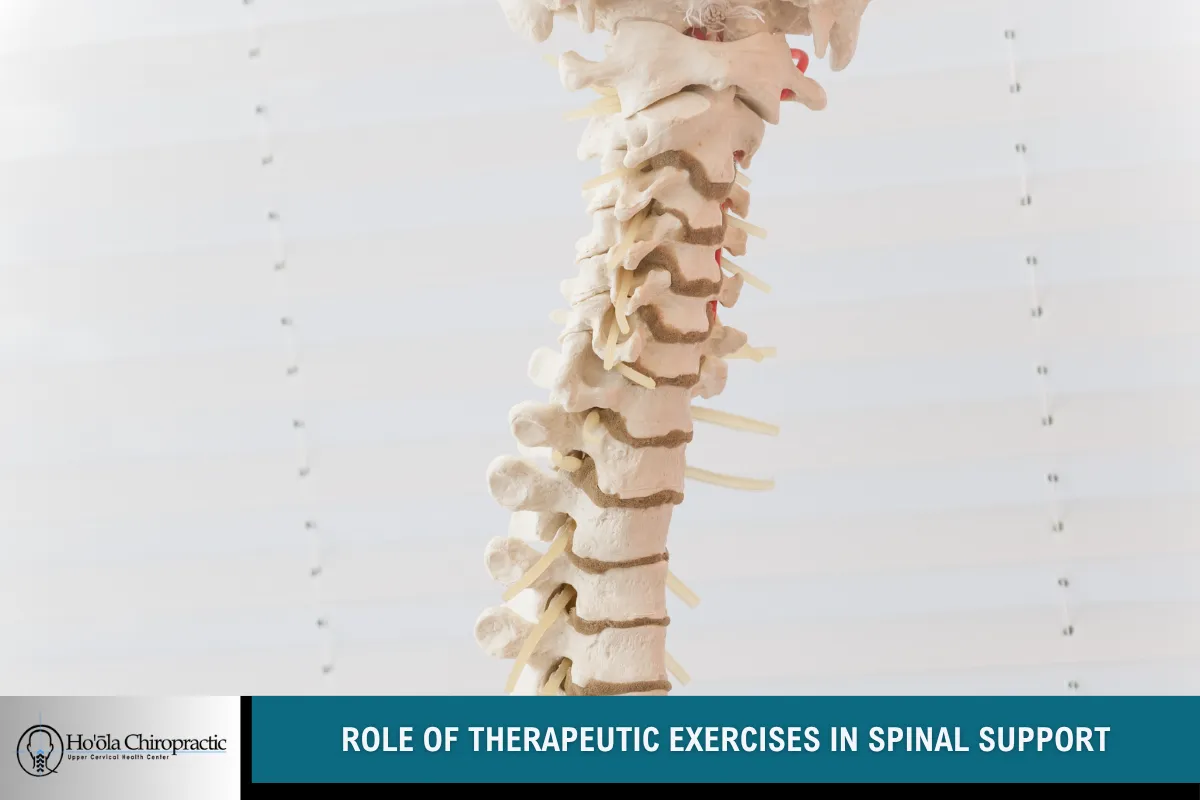
Exercise is a powerful tool in managing scoliosis when done right. Chiropractors teach targeted exercises that focus on the core, hips, and spinal muscles. Some examples include:
- Planks to stabilize the spine
- Pelvic tilts to improve lumbar support
- Side stretches to increase flexibility
- Resistance band work to balance muscle tone
These exercises not only help you maintain spinal improvements but also boost your overall strength and posture.
Manual Therapy: Relieving Tension and Improving Mobility
Manual therapy is often used in conjunction with spinal adjustments to enhance results. This involves:
- Trigger point therapy: Releases knots in tight muscles
- Myofascial release: Improves mobility by loosening connective tissue
- Stretching techniques: Keep muscles elongated and relaxed
When muscles around the spine are balanced, adjustments last longer and feel more natural.
Chiropractic Care for Kids and Teens with Scoliosis
The teenage years are when scoliosis often first appears. Catching it early can make all the difference. Pediatric chiropractic care is a safe, gentle, and specialized approach designed for growing bodies.
Benefits for younger patients include:
- Guiding spinal development
- Preventing worsening curvature
- Avoiding surgery later on
- Enhancing athletic performance and posture
Many Honolulu parents choose chiropractic care because it’s drug-free and supports their child’s active lifestyle.
What Long-Term Scoliosis Management Looks Like
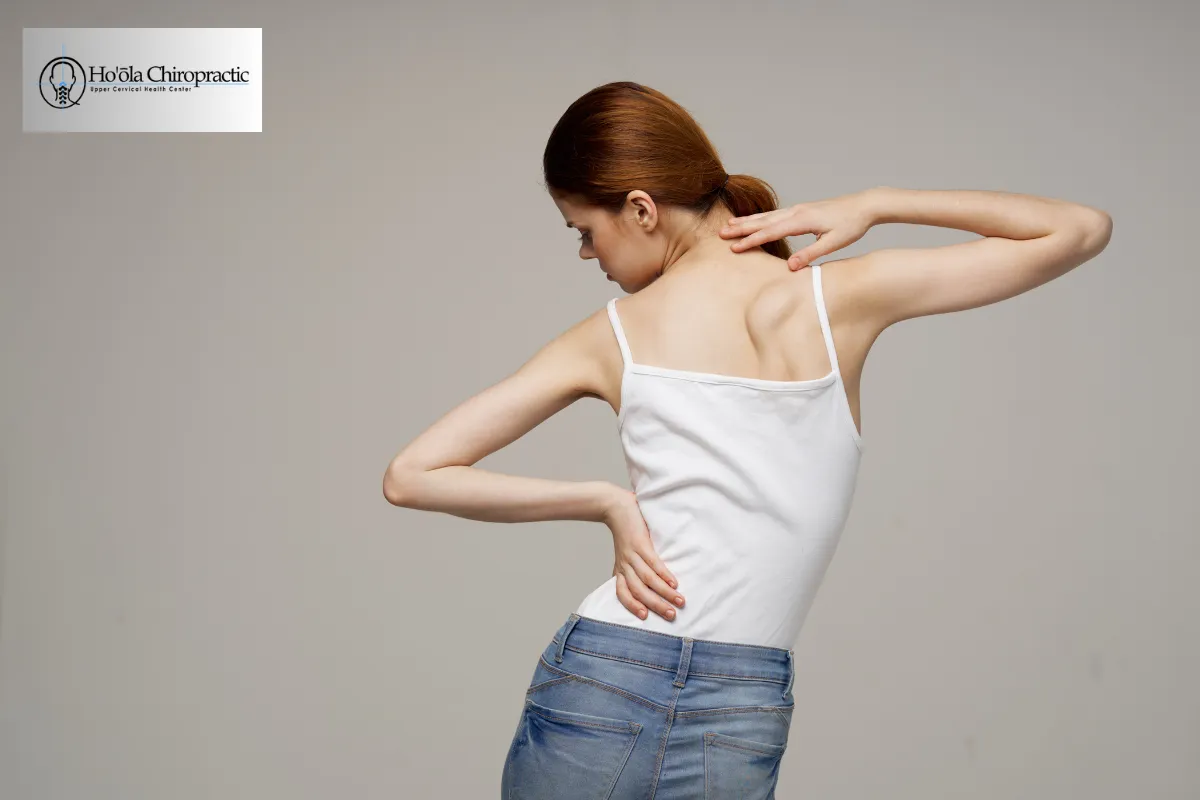
Scoliosis doesn’t go away, but it can be managed effectively with consistency. Long-term chiropractic care focuses on the following:
- Ongoing adjustments to maintain alignment
- Progress tracking with posture checks and imaging
- Lifestyle coaching to support spinal health
- Personalized exercise plans to keep muscles balanced
Think of chiropractic care as a fitness plan for your spine—one that pays off with every session.
Supportive Habits Between Chiropractic Visits
Success with chiropractic care doesn’t stop in the office. You can reinforce your progress with daily habits:
- Sleep on a supportive mattress (avoid stomach sleeping)
- Sit with proper back support and foot placement
- Stay hydrated for joint and muscle health
- Avoid heavy bags on one shoulder—use backpacks with dual straps
- Stretch and move every hour if you sit for long periods
The more supportive your lifestyle, the more effective your chiropractic treatment becomes.
When Chiropractic Care Isn’t Enough: Knowing Your Limits
While chiropractic care is effective for most scoliosis cases, it has its limitations. In severe situations, additional support may be needed.
Your chiropractor may refer you to a specialist if:
- The spinal curve exceeds 40–50 degrees
- Your breathing or organ function is affected
- Pain becomes unmanageable despite treatment
In these cases, surgery may be discussed. But even then, chiropractic care can be useful before and after surgery to support recovery and maintain spinal health.
Choosing the Right Chiropractor in Oahu
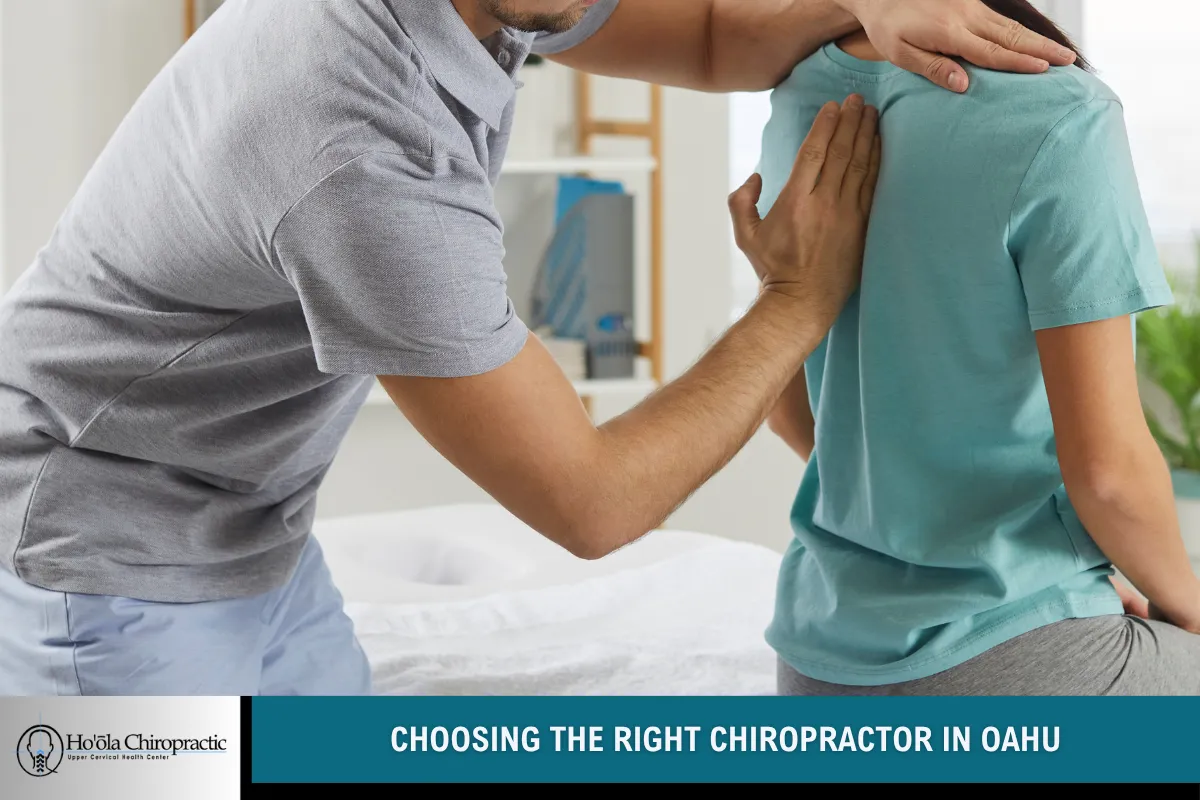
Not all chiropractors are the same. When choosing one in Honolulu for scoliosis care, look for:
- Experience with scoliosis and postural correction
- Access to imaging tools and evidence-based methods
- A personalized, compassionate approach
- Clear explanations and a commitment to education
The right chiropractor won’t rush you—they’ll guide you.
What to Expect After Several Weeks of Care
Most patients begin noticing changes within 3–6 weeks of consistent care:
- Less back and neck pain
- Better energy and sleep
- Visible posture improvement
- More confidence in movement
Everybody is different, but commitment and patience pay off.
Moving Forward with Confidence: Reclaiming Your Active Lifestyle
Scoliosis doesn’t have to slow you down. With the right support and care from a qualified chiropractor in Oahu, you can get back to the things you love—surfing, hiking, dancing, or just living pain-free. Chiropractic care helps your body regain balance, and when your spine feels supported, your entire life improves for the better.
Don't let scoliosis decide how you live your life. Be proactive, get educated, and explore the benefits of a chiropractic approach. It's a journey worth taking—for your spine, your confidence, and your freedom of movement.
Oahu Chiropractor – Ho'ola Chiropractic

At Ho'ola Chiropractic, we’re passionate about helping you move, live, and feel better. Whether you’re battling scoliosis, dealing with back or neck pain, or just wanting to improve your posture, our Honolulu-based team is here for you.
Dr. Luke brings compassionate care and modern techniques to each appointment, ensuring your spine gets the attention it deserves. We take the time to listen, understand your needs, and create a customized plan that fits your life.
Ready to get started? Call us today at (808) 772-8284 to book your first appointment. Your spine—and your future—will thank you.
Frequently Asked Questions About Scoliosis and Chiropractic Care
What is scoliosis, and how is it diagnosed?
Scoliosis is a spinal condition in which the spine curves abnormally, typically in an “S” or “C” shape. This can lead to a body tilt, uneven shoulders, or one hip appearing higher than the other. The presence of scoliosis is typically confirmed through a combination of physical examination and imaging tools such as X-rays. A chiropractor or physician checks for abnormal posture, spinal misalignment, and asymmetry in the body.
There are several forms of scoliosis, including:
- Idiopathic scoliosis (unknown cause)
- Functional scoliosis (caused by muscle imbalance or leg length differences)
- Degenerative scoliosis (develops with age and spinal degeneration)
- Early-onset scoliosis (diagnosed before age 10)
- Adult scoliosis (new or worsening curves in adulthood)
A proper diagnosis of scoliosis is crucial to creating a customized treatment plan that may include chiropractic therapy, physical therapy, and lifestyle changes to manage or slow the progression of scoliosis.
Can scoliosis be cured or corrected with chiropractic care?
While there is currently no permanent cure for scoliosis, many patients with scoliosis benefit significantly from non-invasive methods, such as chiropractic therapy. The approach to treatment in chiropractic care aims to correct scoliosis, improve range of motion and posture, and reduce chronic back discomfort.
Chiropractic adjustments help relieve pressure on the spinal cord, ease joint function, and correct spinal misalignment. These adjustments are often part of a broader treatment plan, which may also include scoliosis-specific exercises, body braces, and posture training.
Some scoliosis-specific adjustments target areas that influence balance and alignment. This allows people with scoliosis to experience relief from pain, stiffness, and body aches. Although not a cure, these treatments can slow or halt the progression of scoliosis, especially in cases of less severe scoliosis.
In many instances, this type of care also enhances the body's response to everyday activities and can help prevent further spinal deterioration.
What types of scoliosis are most responsive to chiropractic treatment?
Functional scoliosis and mild to moderate adult scoliosis tend to respond well to chiropractic services. Unlike structural scoliosis, functional types are often caused by muscle tension, leg length discrepancies, or postural habits, making them easier to manage without surgery.
Here’s a breakdown of scoliosis types that benefit most:
- Functional Scoliosis – Caused by temporary factors like muscle spasms or imbalances.
- Degenerative Scoliosis – Common in older adults due to spinal wear; treatment focuses on improving mobility and alleviating pain.
- Mild Idiopathic Scoliosis is often found in teens and can benefit from early, consistent care.
- Early-Onset Scoliosis – With early detection, care can support spine development and limit curve severity.
Chiropractic adjustments used for these types enhance joint function, reduce inflammation, and relieve discomfort in patients. Chiropractors employ a range of techniques to safely treat curvatures while improving posture, motion, and pain levels, especially when paired with physical therapy.
How do chiropractic adjustments help people with scoliosis?
Chiropractic adjustments gently realign the spine to reduce nerve pressure and muscle strain. For individuals with scoliosis, these targeted corrections alleviate pressure on the curved areas of the spine, promoting better posture and spinal stability.
Benefits of scoliosis-specific chiropractic care include:
- Improved range of motion
- Enhanced joint function
- Reduction in chronic pain conditions
- Better body posture and alignment
- Decreased body aches and stiffness
Chiropractors often employ a range of techniques, including scoliosis-specific adjustments, spinal decompression, and traction therapy. These methods improve nervous system function and support the body’s natural healing processes. Many patients with scoliosis notice reduced pain and a more symmetrical posture after several chiropractic appointments.
Consistent care also helps prevent the progression of scoliosis, especially when part of a personalized, long-term treatment plan. While results vary, many patients report a significant improvement in their comfort and daily movement.
Is chiropractic care suitable for children and teens with scoliosis?
Yes, chiropractic care is safe and effective for younger patients with scoliosis, particularly when the condition is detected early. Early-onset scoliosis, typically diagnosed before the age of 10, responds well to gentle chiropractic methods designed for growing spines.
Benefits for children and teens include:
- Non-invasive treatment with no drugs or surgery
- Improved range of motion and body alignment
- Slower or halted progression of scoliosis
- Better balance, posture, and coordination
Pediatric chiropractors use light chiropractic adjustments tailored to each child’s spinal maturity and type of scoliosis. These visits often include posture assessments, movement exercises, and lifestyle tips to support spinal development.
When combined with physical therapy and monitoring tools, chiropractic care helps young patients with scoliosis avoid more invasive methods, such as body braces or surgery. In Honolulu and other active communities, this approach empowers children to stay active and pain-free during important growth phases.
Read: Chiropractor in Oahu: Benefits of Chiropractic Care for Active Lifestyles
